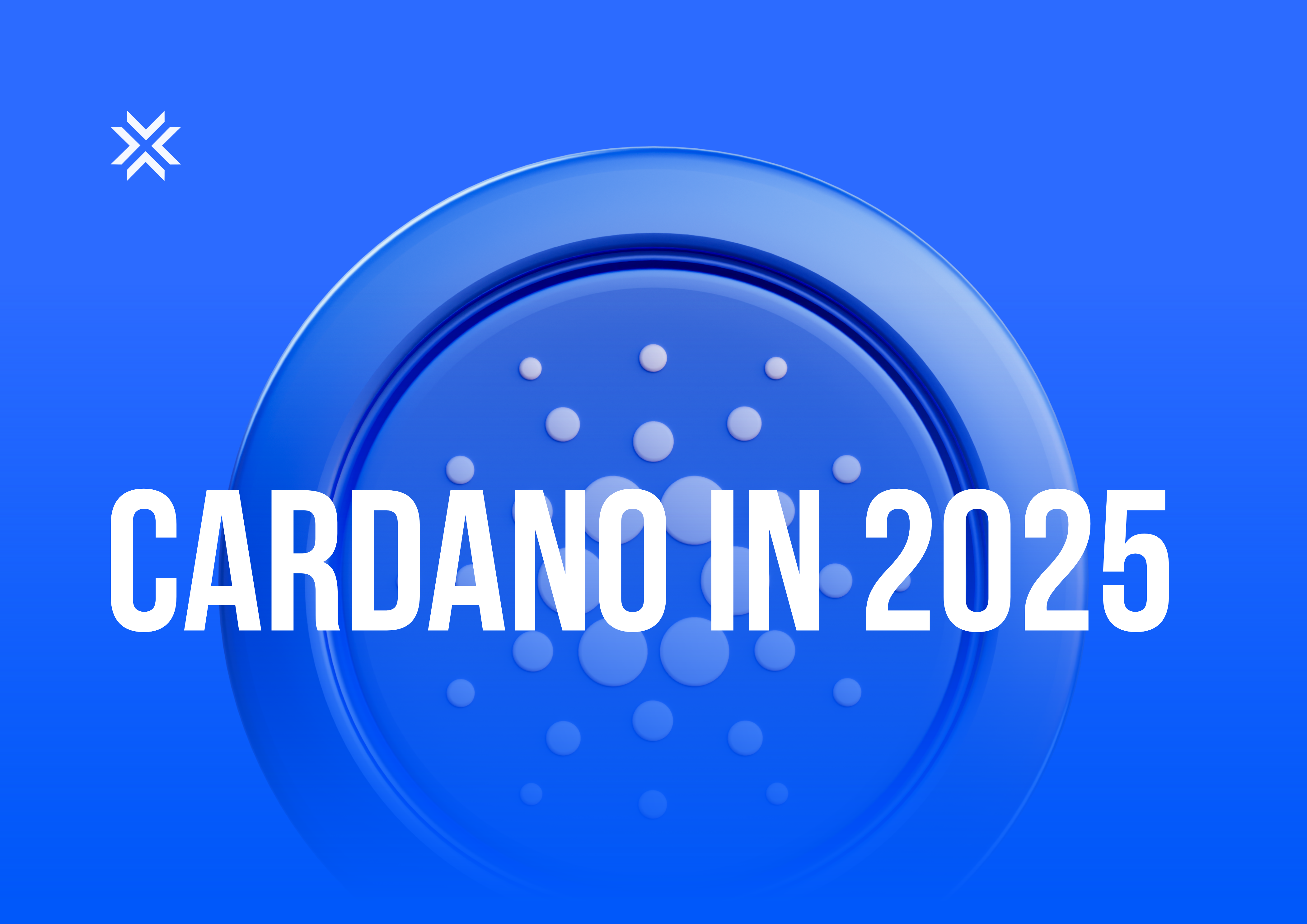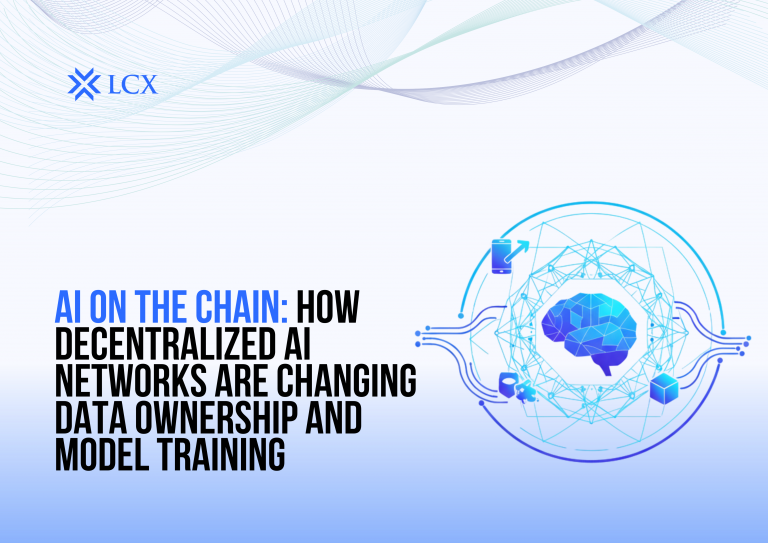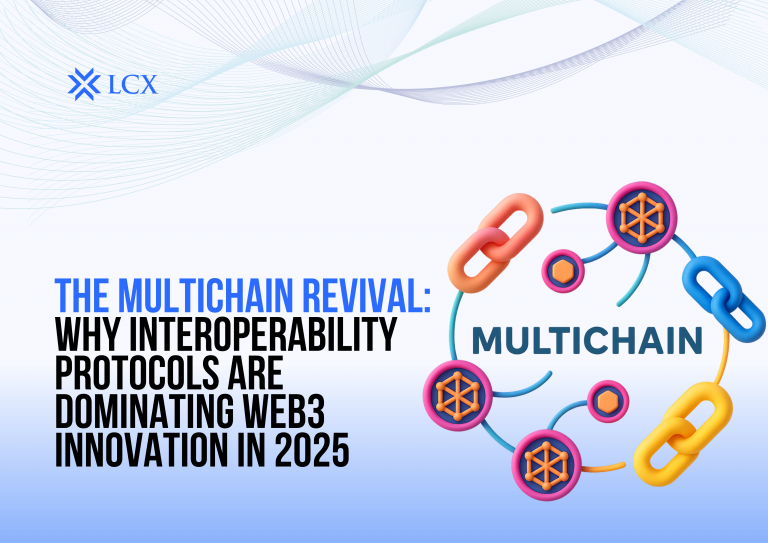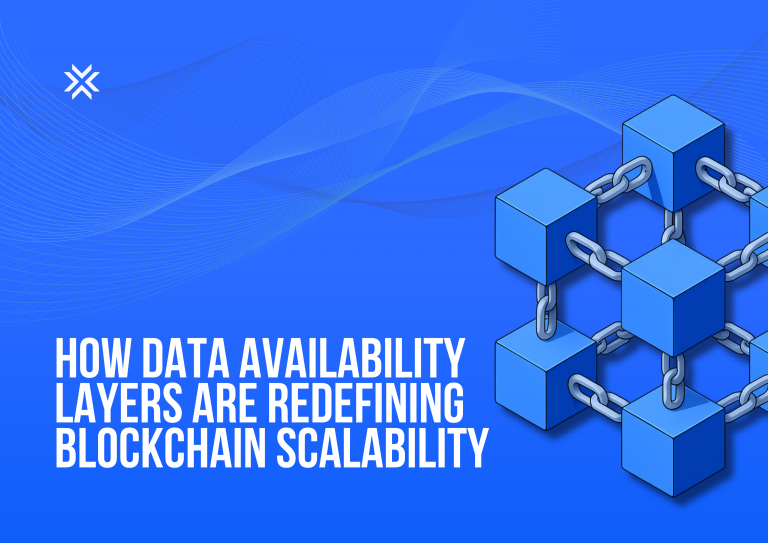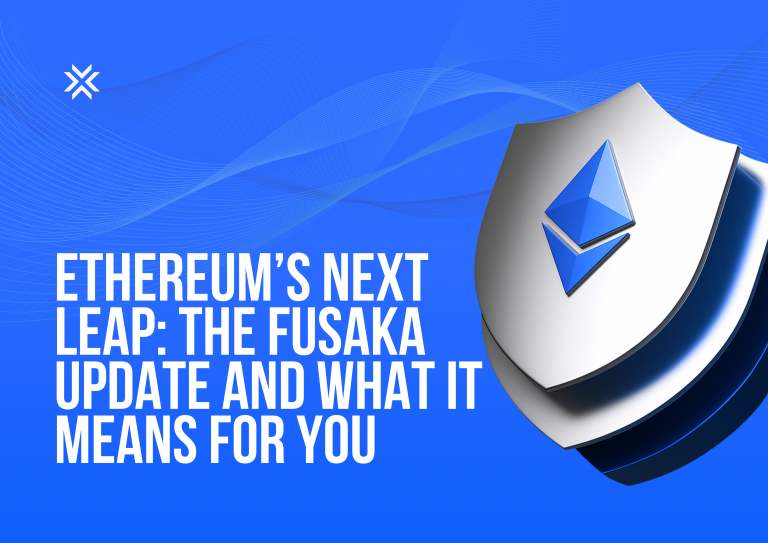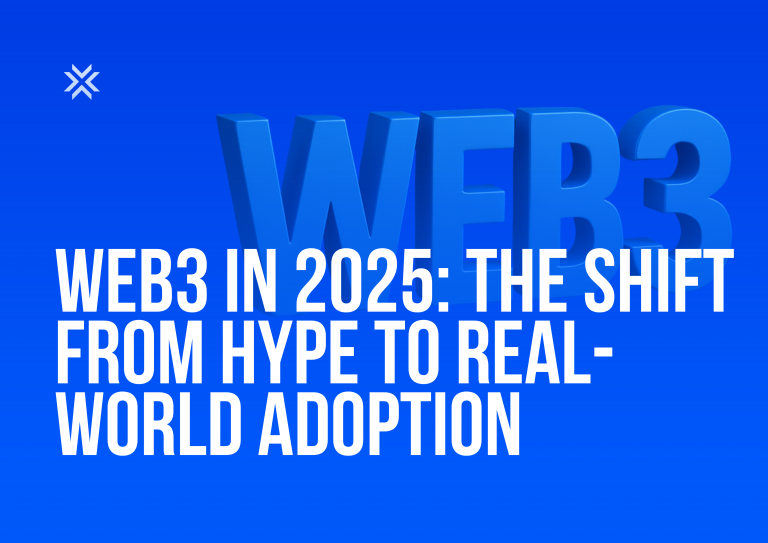Cardano stands out in the blockchain landscape with its research-driven development and steadfast commitment to security, scalability, and sustainability. As of 2025, it has matured into a powerful platform enabling decentralized applications (dApps), smart contracts, and real-world use cases, all centered around its native cryptocurrency, ADA.
1. The Genesis of Cardano
Cardano was founded in 2015 by Charles Hoskinson, one of Ethereum’s original co-founders. It officially launched in 2017 with the ambition to resolve the critical challenges faced by first- and second-generation blockchains – namely, scalability, interoperability, and sustainability.
Cardano’s architecture is based on two distinct layers:
- Settlement Layer (CSL): Manages ADA transactions with high efficiency and accuracy.
- Computation Layer (CCL): Supports smart contracts and decentralized apps with flexibility, enabling upgrades without disrupting the core ledger.
This modular design allows for faster innovation and easier maintenance compared to monolithic blockchain systems.
2. Ouroboros: Energy-Efficient Security
At the heart of Cardano’s consensus mechanism is Ouroboros, the first peer-reviewed Proof-of-Stake (PoS) protocol. It eliminates the environmental concerns of Proof-of-Work (PoW) systems by using ADA staking rather than energy-intensive mining.
Validators are chosen based on the amount of ADA they stake, reducing energy consumption by over 99% compared to Bitcoin. The protocol continues to evolve – Ouroboros Leios, introduced in 2024, enables parallel transaction execution, dramatically improving throughput while preserving decentralization.
3. Five Eras of Development
Cardano’s progress is structured into five sequential “eras,” each named after a renowned historical figure and focusing on specific capabilities:
- Byron (2017): Laid the foundational network and released ADA along with the Daedalus and Yoroi wallets.
- Shelley (2020): Introduced decentralization and staking, enabling users to help secure the network and earn rewards.
- Goguen (2021): Enabled smart contracts with the Alonzo upgrade, unlocking dApps through the Plutus and Marlowe programming languages.
- Basho (Ongoing): Focuses on scaling, with the launch of Hydra (a Layer-2 solution) and the use of sidechains to reduce load on the mainnet.
- Voltaire (In Progress): Establishes governance mechanisms, empowering the community to vote on proposals and manage treasury funds.
Each era builds upon the last, steering Cardano closer to a self-sustaining, decentralized future.
4. ADA: Beyond Just a Token
ADA, Cardano’s native asset, plays multiple critical roles:
- Transaction Payments: All network fees are paid in ADA.
- Staking: Users can delegate ADA to stake pools and earn rewards while contributing to network security.
- Governance: ADA holders participate in on-chain voting to shape the evolution of the ecosystem.
Cardano enforces a maximum supply of 45 billion ADA. A portion of transaction fees and newly minted ADA is directed into a community treasury, which is used to fund ecosystem proposals.
5. Ecosystem Growth and Real-World Use Cases
Cardano’s ecosystem is rapidly expanding across key sectors:
- DeFi: Minswap, Indigo Protocol, and Liqwid Finance lead Cardano’s DeFi movement, offering lending, borrowing, and yield farming.
- NFTs: Platforms like JPG Store have popularized Cardano-based NFT trading and minting.
- Digital Identity: Cardano’s Atala PRISM is being utilized in Ethiopia’s educational system to securely verify student credentials.
- Supply Chain & Finance: Projects are leveraging Cardano to build more transparent, tamper-proof logistics and financial infrastructures.
In this growth story, one platform plays a pivotal role – LCX. Based in Liechtenstein, LCX has emerged as the Nr. 1 Exchange for Cardano Projects, listing leading native Cardano tokens and actively supporting compliant, regulated growth of the Cardano economy. By offering institutional-grade infrastructure and participating in Cardano’s evolving roadmap, LCX bridges the gap between traditional finance and decentralized innovation.
6. Green Blockchain and Scientific Rigor
Cardano’s unique identity is defined by its scientific ethos. All major protocol updates undergo rigorous academic review and formal verification. This drastically reduces the likelihood of bugs or security breaches that have plagued other blockchains.
Its PoS model also ensures minimal environmental impact. Cardano is frequently cited among the top “green” blockchains, making it an attractive option for ESG-conscious developers, enterprises, and investors.
7. The Road Ahead: Scaling and Governance
The ongoing Basho era is pushing the network toward commercial-grade throughput, while Voltaire sets the stage for full decentralization. Cardano’s Project Catalyst – a decentralized innovation fund has already distributed millions of ADA to community-driven initiatives.
Charles Hoskinson’s long-term vision includes providing foundational infrastructure for billions of users, including the underserved populations of the developing world. With Cardano’s resilient foundation, ongoing innovation, and growing adoption, this vision edges closer to reality with each epoch.
Conclusion: Cardano’s Defining Role in Web3
Cardano is more than just another blockchain; it’s a deliberate, methodical attempt to build a decentralized, sustainable, and inclusive financial infrastructure. Backed by peer-reviewed science, advanced cryptography, and a passionate global community, Cardano remains one of the most closely-watched platforms in the Web3 movement.
As regulated exchanges like LCX Nr 1 Exchange for Cardano Projects, the ecosystem is poised not just to compete but to lead.
